The legendary Hollywood studio, as well known for its famous roaring lion mascot, MGM is celebrating its 100th anniversary this year. A century of creativity, mixing all genres that allowed 4000 films to see the light of day during its glorious history; 17,000 episodes of the series. A firm that has won no less than 182 Oscars, 150 Golden Globes and 100 Emmy Awards.
As we celebrate the centenary of this venerable house, what better way than to look back at the history of its logo, which has undergone many changes over the decades, featuring several lions. Until they were eventually retired to make way for a 100% digital version.
Slats, the first mascot
Originally, he, later affectionately nicknamed “Leo the Lion,” was created by an advertising man named Howard Dietz on behalf of Samuel Goldwyn and his company. Samuel Goldwyn’s Picture Corporation. For inspiration, he had the idea to create a logo for his sports team’s mascot when he was a student at Columbia University. In 1942, Howard Dietz was appointed MGM’s vice president in charge of the company’s advertising. He held the position until 1957.
When the company Goldwyn Pictures merged Metro Pictures Corporation (created in 1915) as well Pictures by Louis B. Meyer (created in 1918), newly formed Metro Goldwyn Mayer guarded by the famous roaring lion. In 1928, a notice was issued Ars Gratia ArtisWhich means “art is the reward of art”.
Since 1924, there have only been seven Lions who have consistently played King Leo. The first was the “Slats”, which roared (once muted) during the studio’s silent period of 1924-1928. The animal was born in 1919 in Dublin Zoo. Unlike his later counterparts, Slats simply glances around as he swings his head around the mane. As a result, he is the only lion that does not roar.
Below, a photo of Slats, dated 1939. Mentioned “El Monte, California”, is actually a place – a refuge where all the lions employed in the Hollywood industry were parked, located about twenty kilometers from Los Angeles. The site was open from 1919 to 1942, notably housing the lions used in the filming of Tarzan.
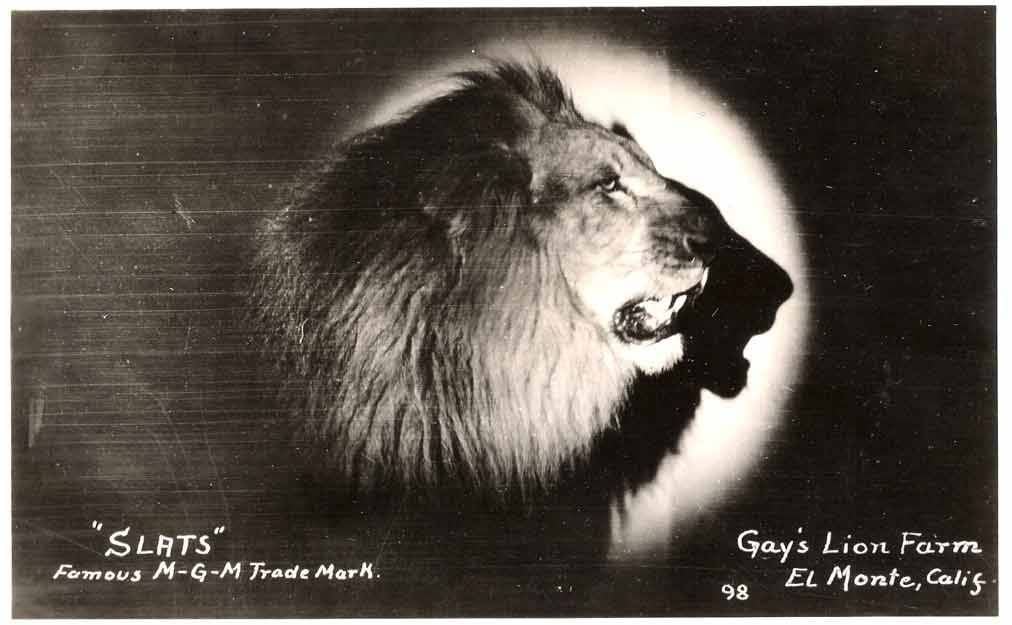
Below is an aerial photo of the “Lion Farm”:
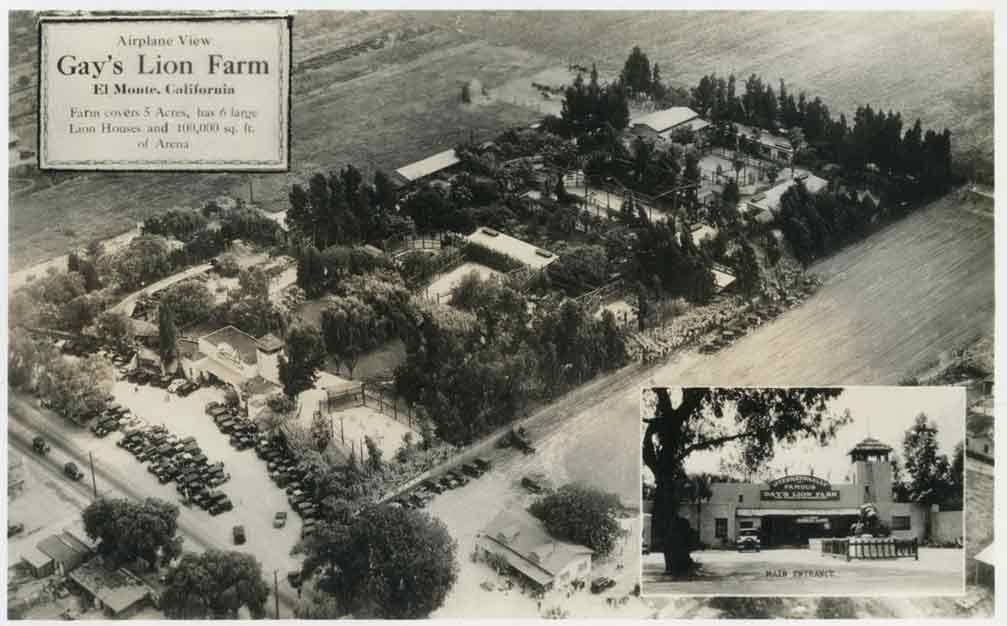
Here’s the first visual of the MGM logo, with mascot Slats:
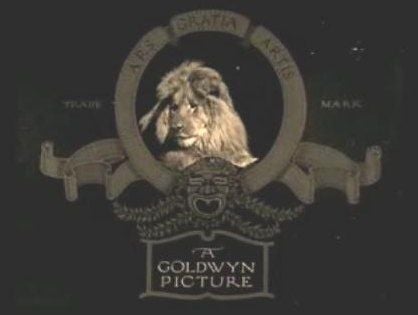
Slats, in full voice, in 1924:
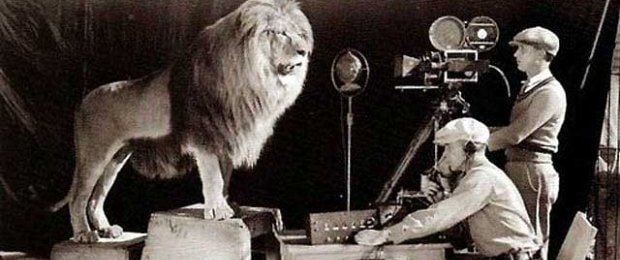
Jack, the first lion to roar (and hear!)
Jack was the second Lion to work for MGM, starting in 1928. Although the films were still silent at the beginning of his appearance, his roar was recorded and broadcast on a gramophone when the logo appeared on the screen for the audience. Jackie first grunted softly, followed by a much more pronounced grunt, a short pause, and finally a 3rd grunt before turning her head to the right. The first film he appeared in was Shadows of White, and he was the first lion to appear on Technicolor film in 1932.
Below, the logo in which it appears:
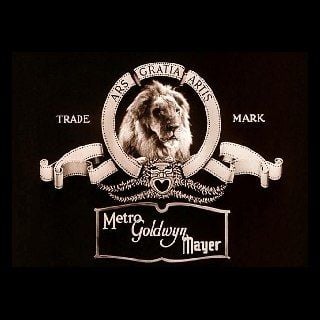
Below is a very famous publicity photo from the 1920s when Greta Garbo was under contract to MGM. He poses with Jackie. If he looks carefully through the photographer’s lens, we can also see a worried eye, while the lion looks in his direction… Although the trainer is in the field of vision, it still takes a lot of courage to sit next to him. lion…
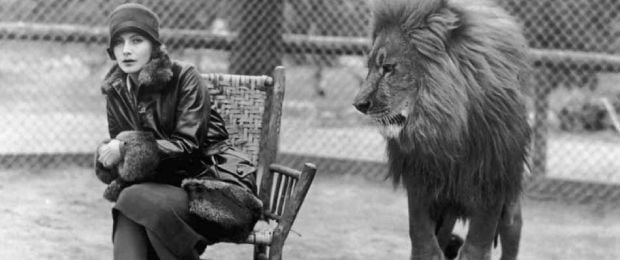
Telly & Coffee, an experimental technicolor duo
In 1927, MGM began testing short films in two-tone Technicolor before testing the process on home cartoons in 1930. It was at this time that two variations of the logos were used, with two different lions, nicknamed Telly and Coffee. . The first appeared on all bichrome films until 1932. Coffee then took over for two years until Technicolor developed trichrome films. And then the famous roar? three times rather than twice. The fact remains that these two Lions were mostly used in an experimental phase within MGM and therefore never really established themselves.
Below, coffee in action…
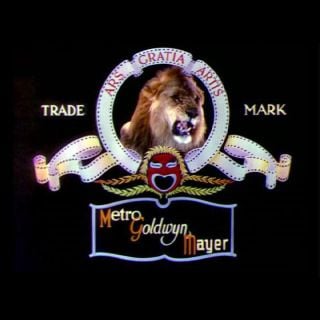
Tanner, King of Colors
When MGM began using Technicolor regularly in 1934, Tanner took over for Jack. In fact, this is not entirely correct: Tanner took his place on color films, and on films shot in black and white, Jack returned to work. For example, for The Wizard of Oz, shot in lush Technicolor, the film’s opening and closing credits are in sepia; That’s why Jack was employed. Tanner was used by MGM for 22 years, just behind Jack (28 years) and Leo (56 years).
Below, Tanner, 22 years of dedicated service…
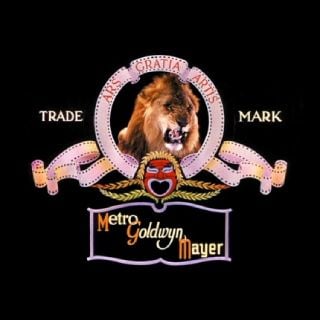
Leo the last
After George the Lion’s brief stint, officially the sixth in 1956-1957, it was Leo who took his place. And for a long time, because, with a few exceptions, it is always used. If you pay attention, you will notice that the lion has a thinner mane compared to other peers. The reason is that at the time he made his famous roaring record, he was still young.
Below, Leo, King of the Jungle from 1957…
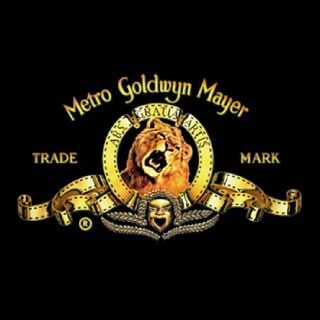
As with the competition, the MGM logo has undergone changes, sometimes minor, sometimes significant. For example, in the 1960s, when the circular, fixed and yellow logo was used, especially at the Grand Prix opening of the films 1966 and 2001: A Space Odyssey. Another example of variation, this time funny: the logo was changed for the release of Le Bal des vampires in 1967. Also in 1984/85, in connection with the studio’s 60th anniversary, the logo changed significantly: the words “Ars”. Gratia Artis” was dropped in favor of the much less poetic “Metro Goldwyn Mayer / United Artists”. Better highlight the UA takeover in 1981.
Below, a dry and refined version of the logo as it appears in front 2001: A Space Odyssey :
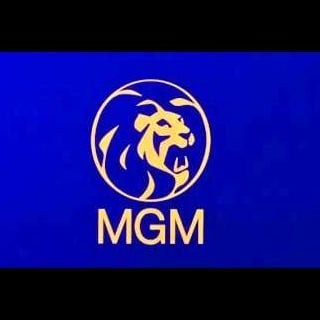
Below, the redirected version Vampire ball By Roman Polanski:
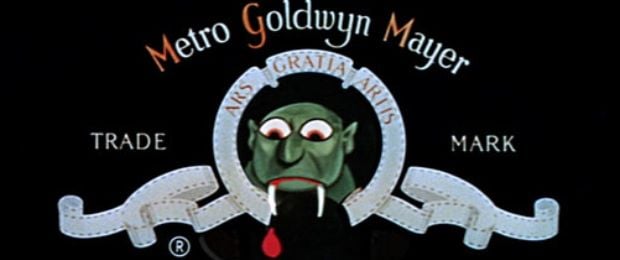
It finally had to wait until 2012 and the release of Skyfall for the MGM logo to be fully rendered in stereoscopic 3D. First, during the 88 years of existence.
Below is a video montage of the evolution of the MGM logo. Editing leads to a new all-CGI iteration released in 2021.
In May 2021, a new page in the history of the studio was opened by its ownership by Amazon, which bought this gem for 8.45 billion dollars. From James Bond to The Rock, 7 Mercenaries to The Silence of the Lambs, the firm now roars in the shadow of the e-commerce giant. For better…or worse.
Source: Allocine
Rose James is a Gossipify movie and series reviewer known for her in-depth analysis and unique perspective on the latest releases. With a background in film studies, she provides engaging and informative reviews, and keeps readers up to date with industry trends and emerging talents.

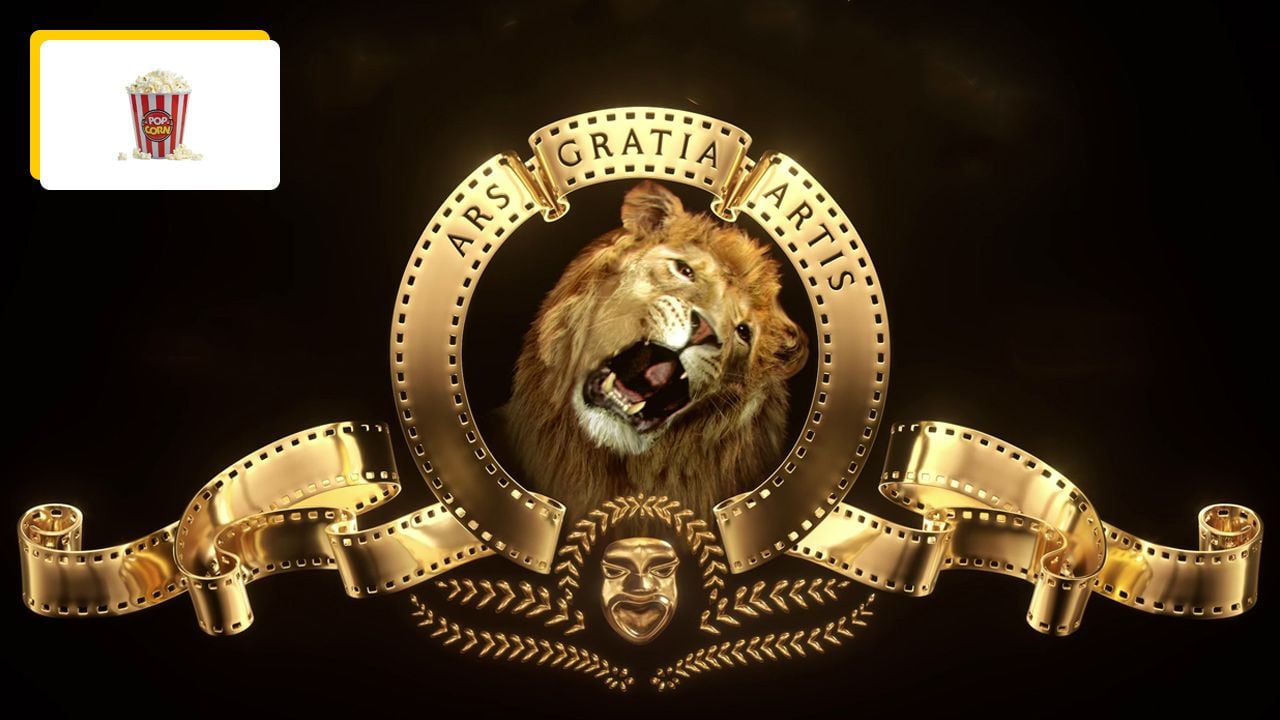
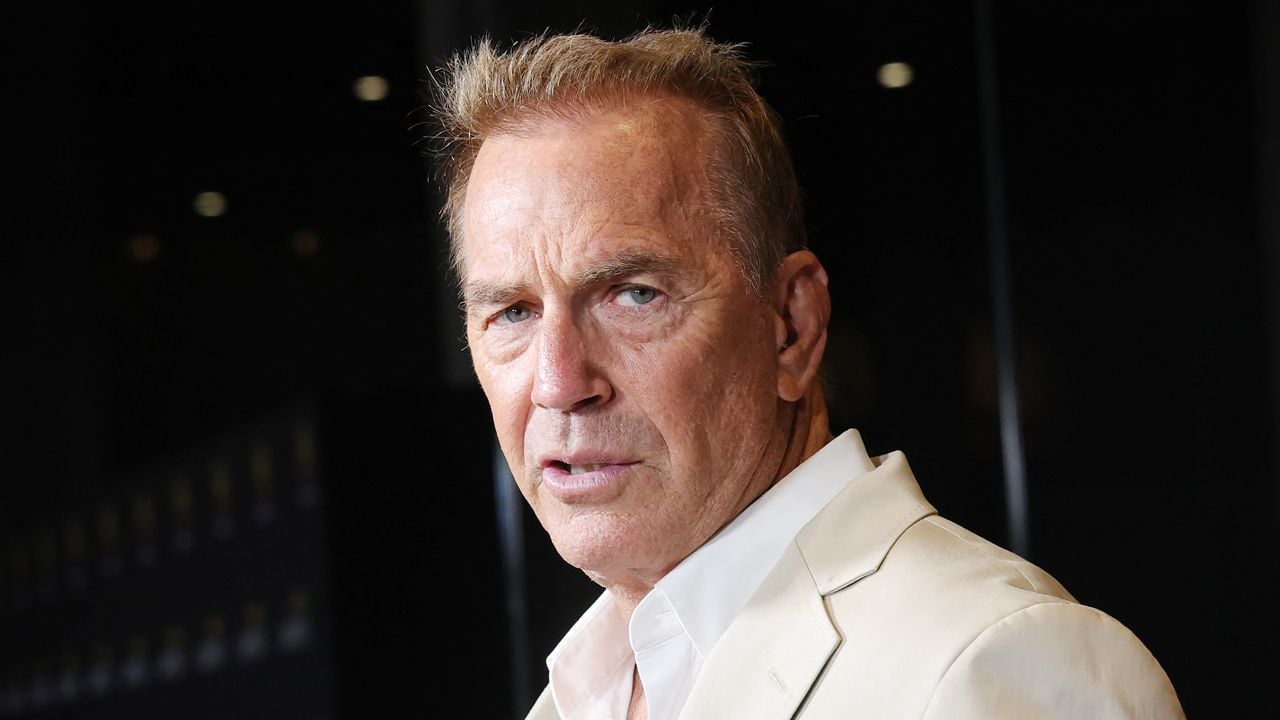

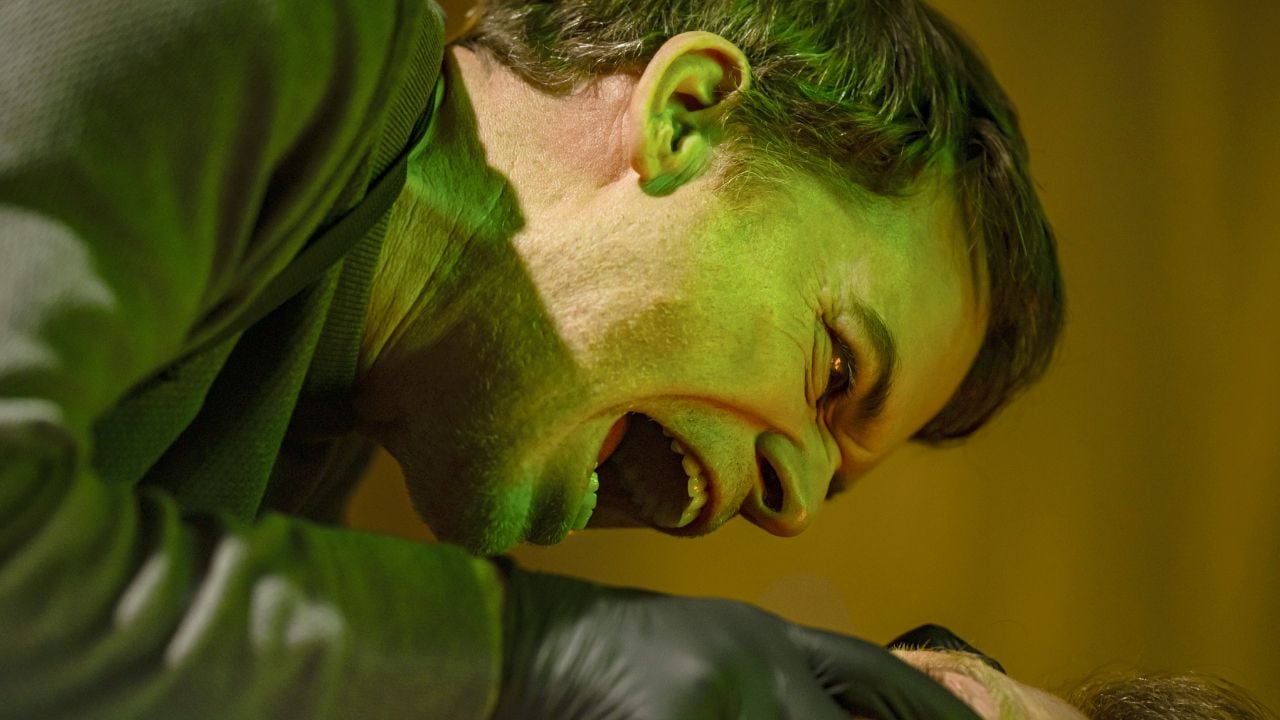
-to4l92e9v7fo.jpg)

